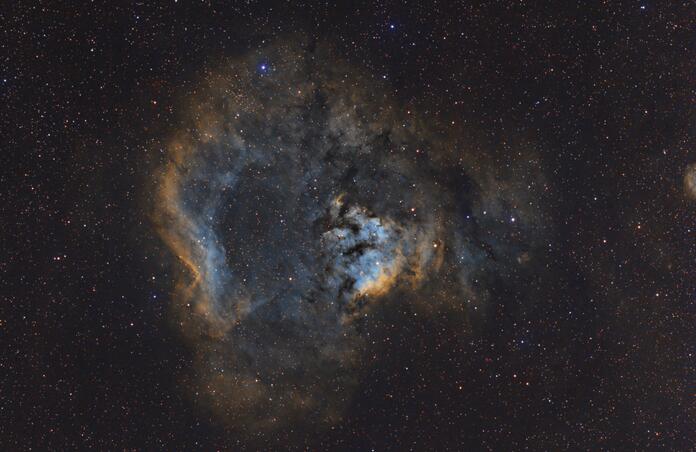The Concept of Sampling

I’ve struggled to understand the concept of Sampling so I finally decided to tackle the issue once and for all by finding all the relevant sources to learn and understand it. I think I am now able to try to reasonably explain it. As I've learned, this concept is a key one to understanding how to match a camera’s sensor to the type of optical tube you’re planning to use to image deep sky objects. Finding the correct match between your camera and the optical tube you are planning use will allow you get as much resolution and detail of your target as is possible under average seeing conditions of the atmosphere.
It begins with understanding something called The Shannon-Nyquist Sampling Theorem. It basically means that in order to achieve resolution in a continuous time signal (light from your target) at a particular distance, we need to do discrete time samples of that continuous time signal at a resolution that is twice the specific distance of the continuous time signal. Yea, I know this is a mouthful and while I hope I stated this correctly I think it’s best if I try to illustrate the concept.
We know that for us ground based imagers, our atmosphere limits the amount of detail we can capture with our optics. As a general rule, the average seeing is about 2 arc seconds across; many times it can be worse than this. Per the theorem, we would like have each pixel in our sensor cover 1 arc second. This is called the Image Scale and it’s calculated as:
Image Scale = (206.265 x Pixel Size) / Telescope Focal Length
If we want the Image Scale of our system to be 1 arc second and determine the pixel size of the sensor to get to that, we solve for Pixel Size and get:
Pixel Size = (Image Scale x Telescope Focal Length) / 206.265
I should note that the solution we get for pixel size is an approximation and not exact.
So, for my Astro-Physics 130mm refractor that has a focal length of 1,082 mm the optimum pixel size to sample the image correctly would be about 5.25 micro meters.

The term under sampled (1st image posted; credit Richard S. Wright from Sky and Telescope) means that you have a sensor with pixels that are either too large for your telescope or your telescope focal length is too short for the sensor you’re using. You’re losing resolution and detail because more of the sky is being crammed into that pixel. That said, there is a tradeoff to consider - you’re also improving the signal to noise ratio which is what we strive to do as imagers. But you need to be careful here; if you have too much under sampling going on, you could very well wind up with pixelated details and squarish looking stars.

With over sampling (2nd image posted; credit Richard S. Wright from Sky and Telescope), your pixels are either too small or the telescope focal length is too long. You’re going to hit the limits of the resolution you can achieve with your telescope and atmospheric conditions. Having a high resolution sensor won’t help. I found in my research a very specific way of thinking about this: “if you have a high resolution image of a blurry view: it’s still blurry.” You’re gathering less light per pixel and your signal to noise ratio is going to be lower. Basically, we really need to avoid over sampling our images whenever possible.
A general rule I found in researching this is that on average, we have 2 to 3 arc second atmospheric seeing and we should use this as a guide. If your average atmospheric seeing is better than this from where you image the deep sky, you are truly privileged and I hate you already.
Stay safe and get your neighbors to turn off their lights at night….
Cover Image: Reggie Jones, Telescope Live Pro Dataset
This blog post was originally published in our Telescope Live Community.
The Community represents Telescope Live's virtual living room, where people exchange ideas and questions around astrophotography and astronomy.
Join the conversation now to find out more about astrophotography and to improve your observation and post-processing skills!
